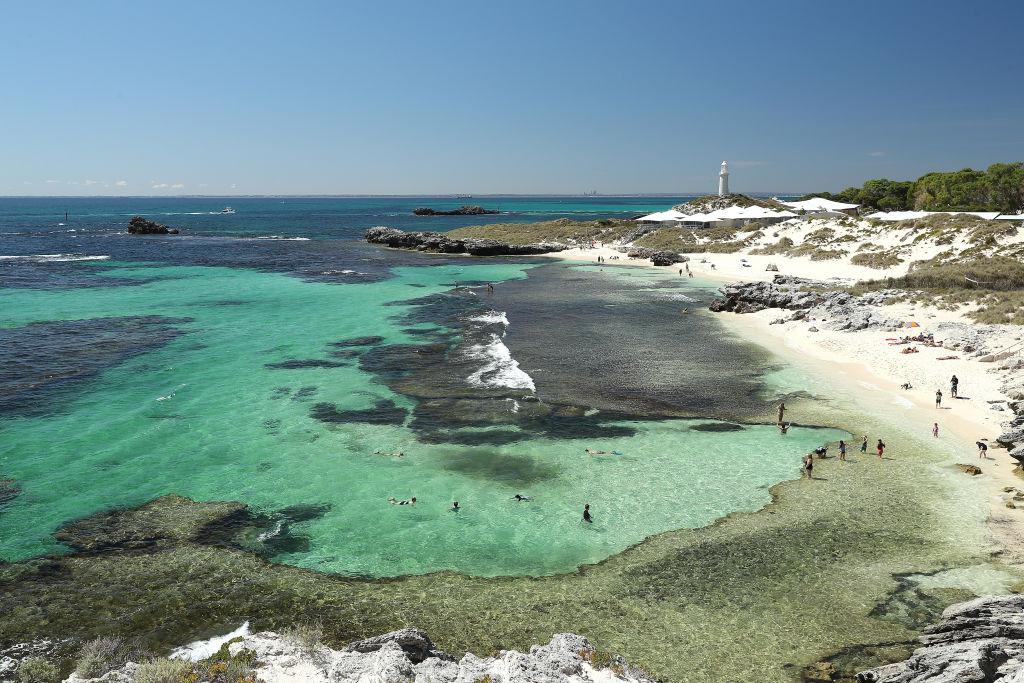The Western Australian (WA) government has committed $62 million (US$43.7 million) from the upcoming state budget to upgrade Rottnest Island’s energy and water infrastructure, with a view to running the tourist destination on 75 percent renewable energy.
According to a government release on Friday, with eco-tourism a growing sector and more travellers choosing destinations that place an emphasis on environmental sustainability, Rottnest is a class A nature reserve with rising eco-credentials to meet that demand.





